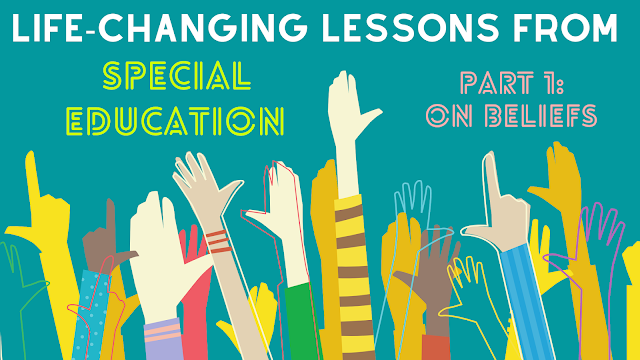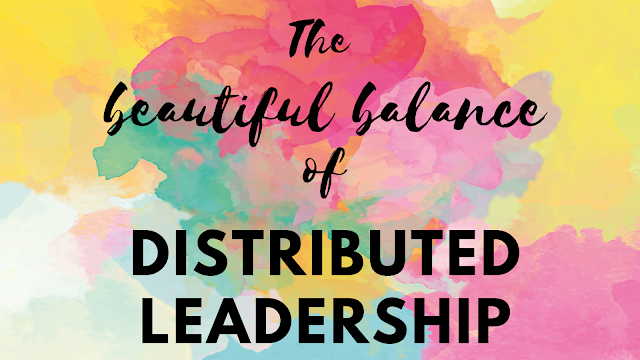Why we should consider mainstream tech before specialized tech when helping students access learning

The Idea: A lot of Assistive Technology for students that was designed for specialized purposes is now becoming mainstream. This means it is easier to afford, acquire, integrate into existing systems and transfer to out-of-school contexts. This leads to longer-term gains and more empowered learners. For this reason, it is ideal for educators to first check if mainstream tech solutions meet their needs before choosing more specialized options. While working with teams to support inclusive education in schools over the last 7 years, we spent some time exploring assistive technology and accommodations to provide access to learners with specific needs like reading or writing difficulties. I had a major ‘aha’ moment along the way. Here it is in brief: The Challenge Many learners may need supports to learn optimally. For example let’s look at reading accommodations. The font in a textbook might be too light or small for a few students to read. So traditionally, we needed to find ways to en




